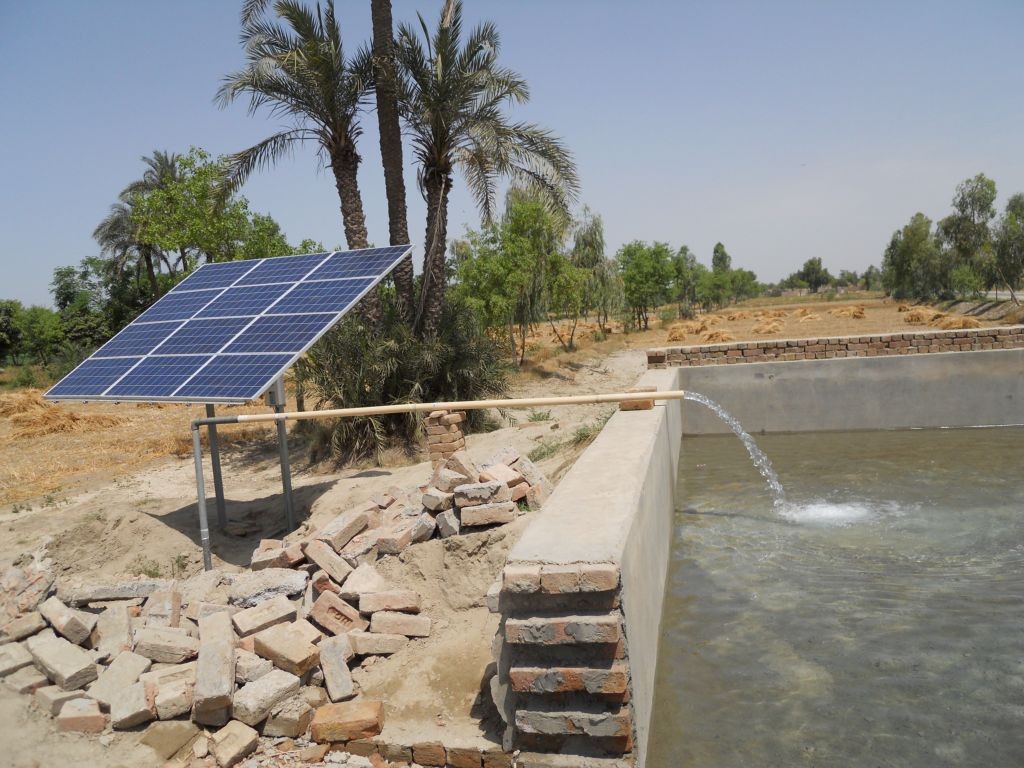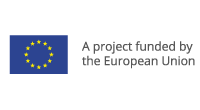Financing solar water pumping in the Jordan valley

A new proposal for financing Solar Water Pumping in the Jordan Valley was presented at a stakeholder consultation workshop in Amman, Jordan, on 5 December 2016. The program targets approximately 10,000 farm units, covering about 35,000 hectares of irrigated land in the Jordan valley. It consists of a mitigation component, reducing greenhouse gases through the replacement of electrical and diesel pumps with solar pumps, and an adaptation component, focussing on water savings and on enhancing water productivity. The climate financing program was developed by the Ministry of Environment and the Jordan Valley Authority, with support from the EU funded ClimaSouth project. The approach proposed has several novel elements, that could be replicated in other countries in the region, with large irrigation programs and the need to cope with the impacts of energy and water subsidies on their public finances.
Jordanian agriculture is strongly exposed to climate change due to its potential impact on water availability. The rural poor are disproportionately affected by such threats because of their greater dependence on agriculture, a lower possibility to adapt, and the high share of income they spend on food. With renewable water resources of less than 130 m3 per person, Jordan is among the countries with the lowest per capita water availability in the world and is already facing a severe and growing water shortage. In addition, the country relies for a large part of its energy requirements on imports, with the electricity sector presently based 99.6% on fossil fuels.
The proposed climate financing program addresses issues associated with the high costs of irrigation, the use of fossil fuels and the key question of water efficiency. Through the implementation of the proposed program in the Jordan valley, it has been estimated that, over a 20 year period, GHG emission reductions of 1,237,060 tCO2e would be achieved, as well as water savings of 500 million m3. In financial terms, the program would yield over the 20 year period, total savings of about 386.5 million USD, of which 85 million USD in avoided water subsidies and 301.5 million USD in avoided electrical power subsidies. Funding of the program is still under assessment, following the recommendations of the workshop, and the need to enhance the water productivity component of the program.



